11 Japanese Shinto Gods and Shrines to Visit!
The Shinto religion worships multiple different gods called kami and they each have their own myths that make up Japanese mythology. In fact, many people believe that the Japanese imperial household are descendants of these gods! Shinto gods tend to relate to the surrounding nature like the sun, moon, universe, wind, etc… In Japan, Shinto shrines can be dedicated to a specific god or kami that can bring different kinds of luck.
Knowing about the Shinto gods can deepen your understanding of references in Japanese pop culture, video games, anime, manga, and more. In this article we’ll explore 11 Shinto Gods or Kami along with their dedicated shrines in Japan. If you want to learn more about religion in Japan, click here.
1. Amaterasu Oomikami
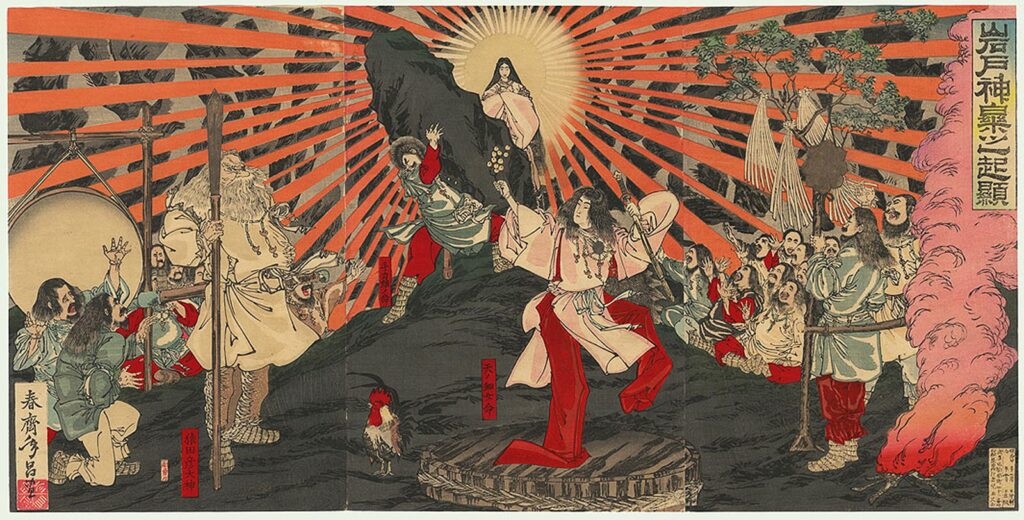
The Shinto goddess of the sun and universe is Amaterasu Oomikami. She is one of the most important gods in the Shinto religion. The sun is important for Japanese people, as you can see from the national flag with the red sun. In Japanese mythology found in the Kojiki, a collection of myths and legends written in the 700’s, Amaterasu is the ruler of the heavens called takamagahara. She is also one of the children of the original creator god Izanagi.
Dedicated shrine: Ise Grand Shrine (1 Ujitachichō, Ise, Mie 516-0023, Japan)
Shrine website: https://www.isejingu.or.jp/en/

2.Hachiman Shin (Yahata no kami)

This is a unique god because he has existed as a part of Buddhist and Shinto beliefs in Japan. He is known as a god of archery and war and was the predominant god worshipped by the samurai. Hachiman is also thought to be the spirit of emperor Oojin (reigned from 300-400 CE).
Dedicated shrine: Usa shrine (2859 Minamiusa, Usa, Oita 872-0102, Japan)

3. Fuujin and Raijin

The next two gods are the god of wind, Fuujin, and god of thunder, Raijin. They are brothers that came from Izanami, the Goddess of creation. After Izanami died, they appeared from her body in the Yomi (land of the dead).
Where to find them: Instead of a shrine, you can find them both outside a gate of a Buddhist temple (Senso-ji) at the Kaminarimon (2 Chome-3-1 Asakusa, Taito City, Tokyo 111-0032, Japan). Here, you can see the way that Buddhism and Shinto intersect in Japan.
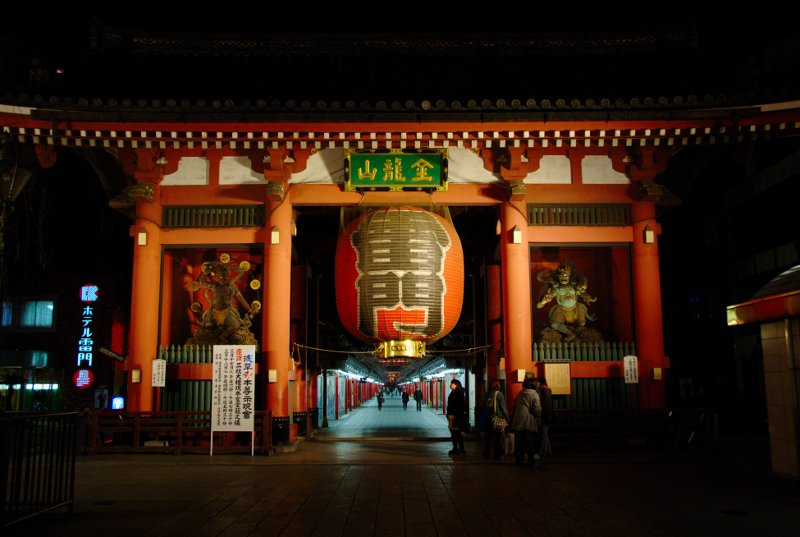
4.Inari Ookami (Ukanomitama no kami)

Inari Ookami is the god of fertility, prosperity, success, and foxes. According to Japanese mythology, she came to Japan riding a fox and brought grain crops. Before Inari arrived, Japan was a swamp land. Foxes are thought to be the messengers of Inari and they have become symbolic of the Inari Ookami. This is why you’ll see fox statues near Inari shrines.
Dedicated shrine: Fushimi Inari shrine (68 Fukakusa Yabunouchicho, Fushimi Ward, Kyoto, 612-0882, Japan)
Shrine Website: http://inari.jp/en/

5. Ame no Uzume

Goddess of dawn and the arts, Ame no Uzume serves Amaterasu, goddess of the sun. In Japanese mythology, she has a cheery personality! She is believed to have been the origin of Japanese traditional performing arts like Noh and Kagura. She is the wife of Sarutahiko Ookami, the leader of the earth gods.
Dedicated shrine: Tsubaki Grand Shrine (1871 Yamamotocho, Suzuka, Mie 519-0315, Japan)

6. Izanagi

Izanagi is the creator god that turned a watery mass into earth. His twin sister, Izanami, later became his wife. Together, they created each of the islands of Japan. Their children include Amaterasu (sun goddess), Tsukuyomi (moon god), and Susanoo (storm/sea god).
Dedicated Shrine: Izanagi shrine (740 Taga, Awaji, Hyogo 656-1521, Japan)
Shrine Website: https://izanagi-jingu.jp

7.Ninigi no mikoto
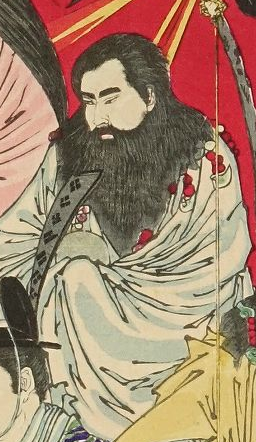
The grandson of Amaterasu (sun goddess), Ninigi is the great grandfather of Japan’s first emperor in Japanese mythology. He descends from Heaven bearing three treasures: A sword called Kusanagi, a special mirror called Yata no Kagami, and a jewel called Yasakani no Magatama.
Dedicated shrine: Amatsu Shrine (1 Chome-3-34 Ichinomiya, Itoigawa, Niigata 941-0056, Japan)

8.Susanoo no mikoto

Susanoo is the younger brother of the sun goddess Amaterasu. He is the god of the sea and storms. Like the sea and storms, his personality can be unpredictable. One of the most famous stories of Susanoo is when he was banished from the heavens and stayed with a local elderly couple. This couple lost many of their children to a serpent called Yamata no Orochi. Feeling bad for them, Susanoo decides to fight and kill this serpent.
Dedicated shrine: Tsushima Shrine (1 Shinmeicho, Tsushima, Aichi 496-0851, Japan)

9. Ookuninushi
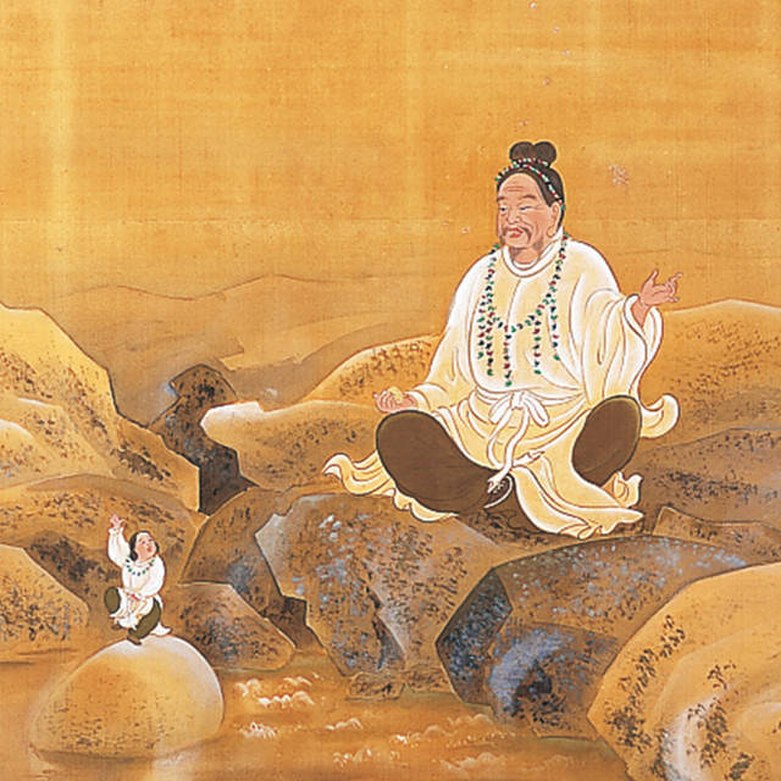
Before Ninigi descended to earth, Ookuninushi was the main ruler. He is the god of earth, wealth, and nation-building. In terms of his ancestry, he is a descendent of Susanoo, the god of storms and sea. When Ninigi came to earth, Amaterasu (sun goddess) told him that he could rule over the “hidden world” called kakuriyo instead.
Dedicated shrine: Grand Shrine of Izumo (195 Taishacho Kizukihigashi, Izumo, Shimane 699-0701, Japan)

10. Omoikane no kami
Omoikane is the god of intelligence and wisdom. In Japanese mythology, he showcases his intelligence when the sun goddess, Amaterasu, gets stuck in a cave. Omoikane uses his wit to help her find a way out!
Dedicated shrine: Chichibu Shrine (1-3 Banbamachi, Chichibu, Saitama 368-0041, Japan)
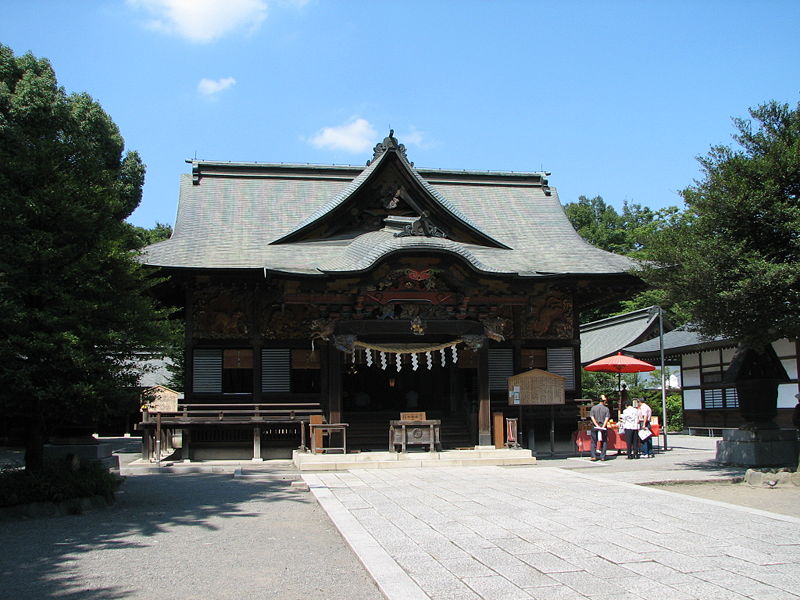
11. Suijin

Suijin is the god of water. If you look at Japan on the map you’ll notice that water is central to Japanese culture and people! Japanese people believe that Suijin guards over fishermen and helps with agriculture. Throughout the year, there are many festivals dedicated to Suijin that wish for luck relating to hygiene and natural disasters.
Dedicated shrine: Suitengu shrine (2 Chome-4-1 Nihonbashikakigaracho, Chuo City, Tokyo 103-0014, Japan)
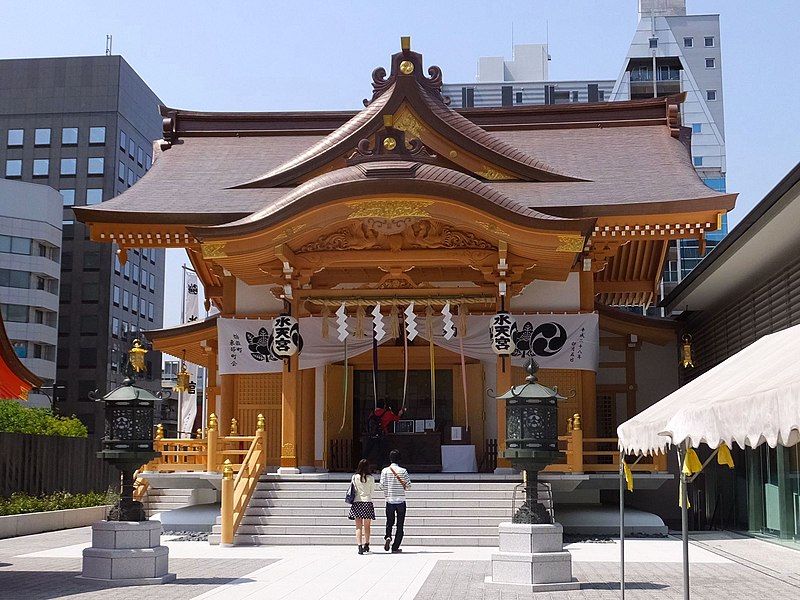
I hope that you enjoyed learning about some of the Shinto Gods and Shrines! If you’d like more blog articles on traveling Japan and culture, be sure to check out my other posts such as How to order coffee at a coffee shop in Japanese or How to enjoy Japanese onsen (hot springs).
~ Tanuki





